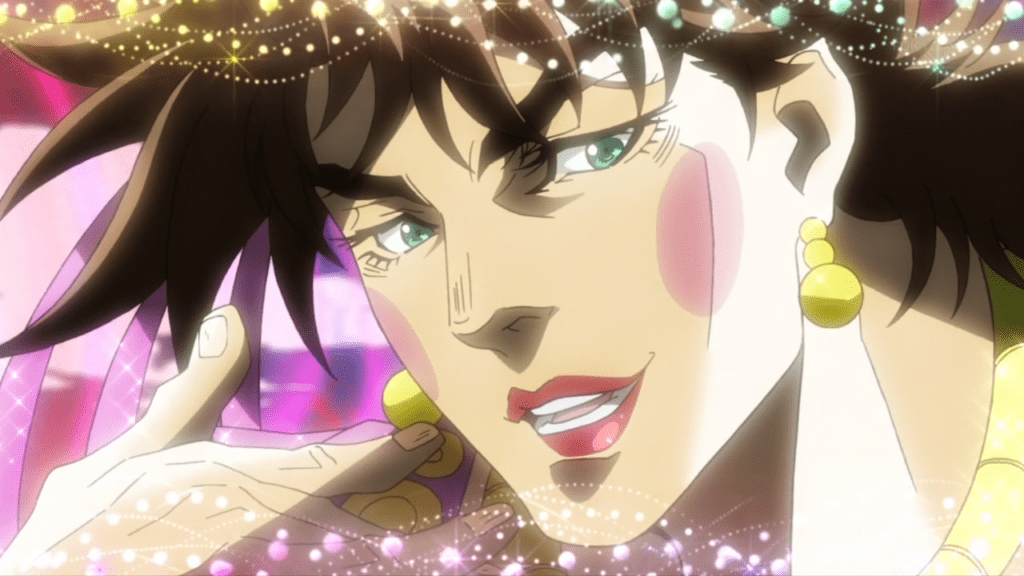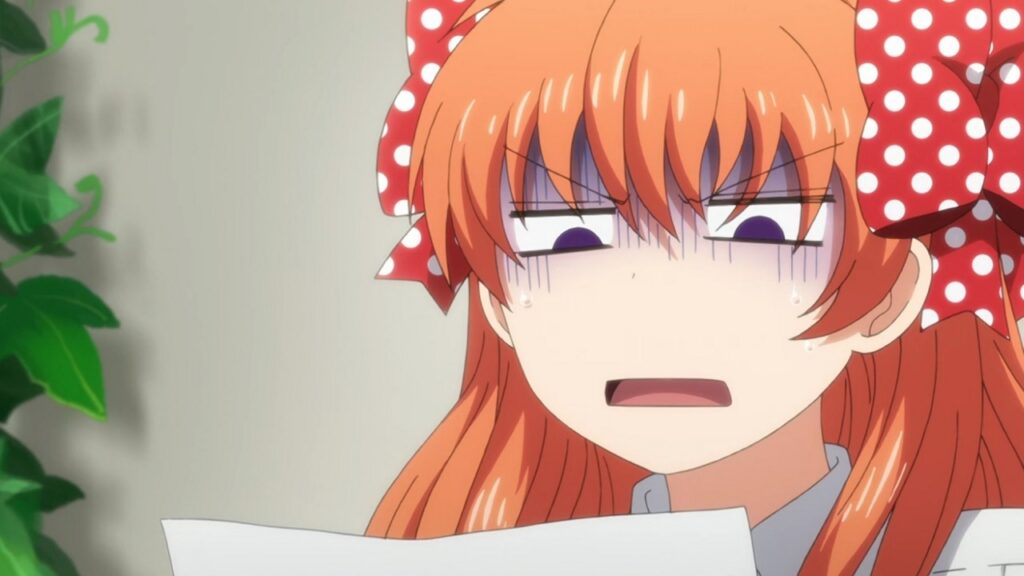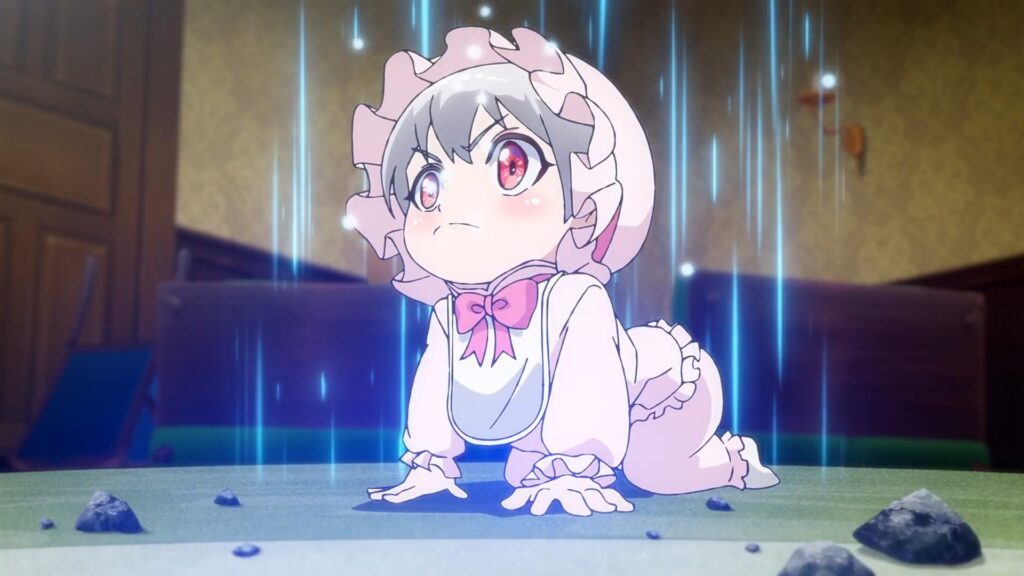Anime and manga, originating from Japan, have surpassed cultural borders to captivate audiences worldwide with their distinctive storytelling techniques and vibrant visual appeal.
Within this vast realm of Japanese animation, two significant demographics have emerged: shonen and shojo. While these terms often classify anime and manga, it is crucial for both enthusiasts and newcomers to delve into their disparities and offerings.
Difference Between Shonen and Shojo Anime

Shonen Anime: Geared Towards Young Male Audiences
Shonen anime and manga primarily target young male audiences, typically aged between 12 and 18. The term “shonen” translates to “first year” in English, reflecting its appeal to this specific age group. These series are known for their action-packed storylines, vibrant characters, and themes centered around friendship, determination, and personal growth.
Characteristics of Shonen Anime
Action and Adventure: Shonen series captivate audiences with their thrilling action sequences, intense battles, and epic adventures. These anime draw viewers into a world filled with excitement and valiant quests. Some popular examples of this genre include “One Piece,” “Naruto,” and “Dragon Ball Z.”
Male Protagonists: At the heart of shonen anime are male protagonists who embark on heroic journeys, confront formidable challenges, and evolve through adversities they face along the way.
Powerful Abilities: Shonen anime incorporate elements of superpowers, supernatural abilities, and exceptional physical prowess. These shows depict characters on a quest to hone and master their skills in order to overcome obstacles.
Friendship and Teamwork: The ethos of friendship and teamwork is essential in shonen series. The camaraderie between characters plays a crucial role in their success and personal growth throughout the storyline.
Coming-of-Age Themes: Many shonen anime explore themes of self-discovery, identity formation, and personal growth as characters navigate the turbulent waters of adolescence.
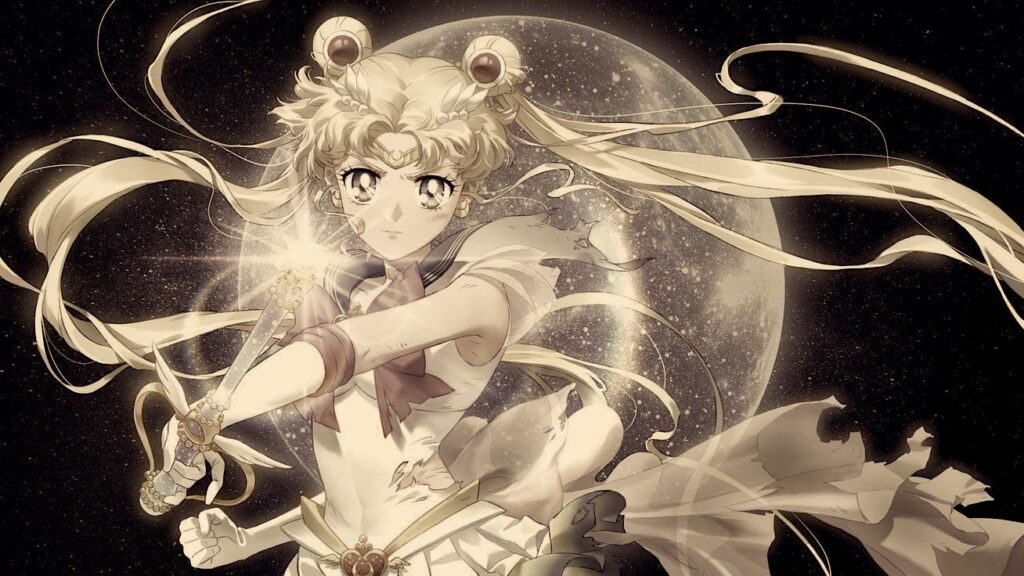
Shojo Anime: Geared Towards Young Female Audiences
Shojo anime and manga cater to young female audiences who fall within a similar age range as shonen. The term “shojo” translates to “young girl” in English, representing a genre that predominantly centers around themes of romance, emotions, and interpersonal relationships. Through heartfelt narratives and relatable characters, shojo series deeply resonate with viewers.
Characteristics of Shojo Anime
Romantic Storylines: Shojo anime revolves around romantic relationships, exploring the complexities of love with elements of fantasy and drama. Popular examples include “Sailor Moon,” “Fruits Basket,” and “Ouran High School Host Club.”
Female Protagonists: These anime series center on female protagonists, narrating their personal journeys of self-discovery, emotional growth, and navigating relationships.
Emotional Depth: Shojo anime delves deep into the emotions of its characters, exploring themes of love, heartbreak, friendship, and self-acceptance. This creates a strong emotional connection with the audience.
Artistic Style: One notable aspect of shojo anime is its intricate artwork featuring detailed designs, soft color palettes, and elegant character illustrations. The visual narrative is aesthetically pleasing.
Slice of Life: Shojo series often incorporate slice-of-life storytelling techniques to depict everyday experiences such as school life and interpersonal dynamics. This adds a realistic touch to the fantastical narratives.
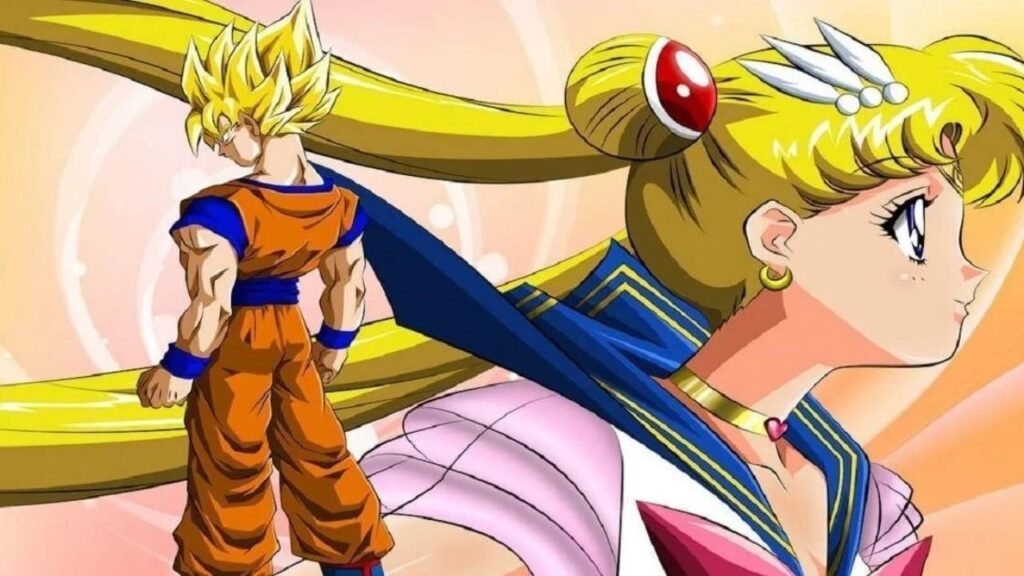
Key Differences Between Shonen and Shojo Anime
The distinction between shonen and shojo anime extends far beyond mere categorization. By understanding these disparities, we can unravel the unique allure and inherent qualities that define each demographic.
- Target Audience:
The distinction between shonen and shojo lies in their target audience. Shonen anime caters to young male viewers, while shojo captures the interest of young female audiences. This demographic divide significantly shapes the themes explored, storytelling techniques used, and character dynamics within each genre.
- Narrative Focus:
When it comes to narrative focus, shonen prioritizes action, adventure, and external conflicts. On the other hand, shojo places greater emphasis on character development, interpersonal relationships, and internal dilemmas. Romance and emotional growth play a vital role in shojo narratives.
- Artistic Style:
One notable difference is seen in their artistic styles. Shonen series often exhibit bold and dynamic artwork with vibrant colors. Shojo anime, on the other hand, showcases a softer and more delicate artistic flair that highlights character expressions, fashion choices, and romantic settings.
- Themes and Tropes:
Themes and tropes are utilized differently in order to resonate with their respective audiences. Shonen explores themes of friendship, heroism, and the pursuit of power. In contrast, shojo delves into first love experiences, self-discovery journeys,and the complexities of relationships.
- Impact and Popularity:
Both shonen and shojo anime have made a significant impact on the industry by gaining immense global popularity. While shonen’s action-driven narratives attract fans from various backgrounds,the emotionally driven storytelling style of shojo has also garnered a wide fan base outside its target demographic.

Guest Poster – Anita Writes from Tiwizio
I am an anime fan and a blog writer who is deeply passionate about all things creative. Over the years, I have had the privilege of contributing to various online platforms, sharing insights, stories, and ideas with a global audience. My affinity for writing is only rivaled by my love for reading, constantly seeking out new and exhilarating opportunities to retreat into the comfort of my room and indulge in my favorite anime.

